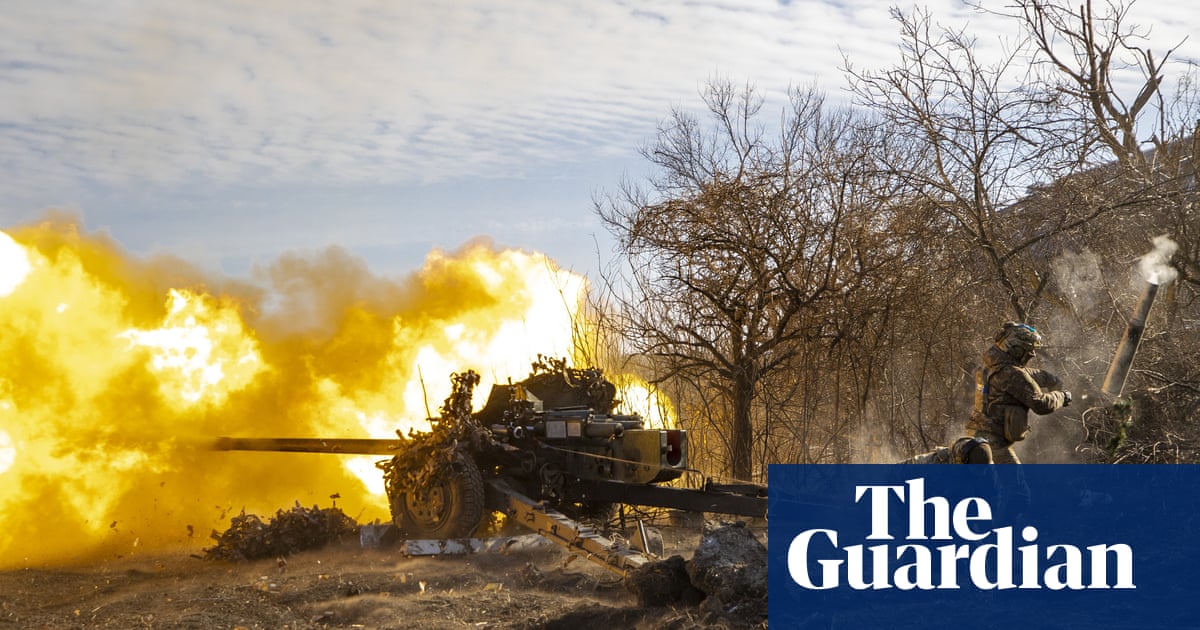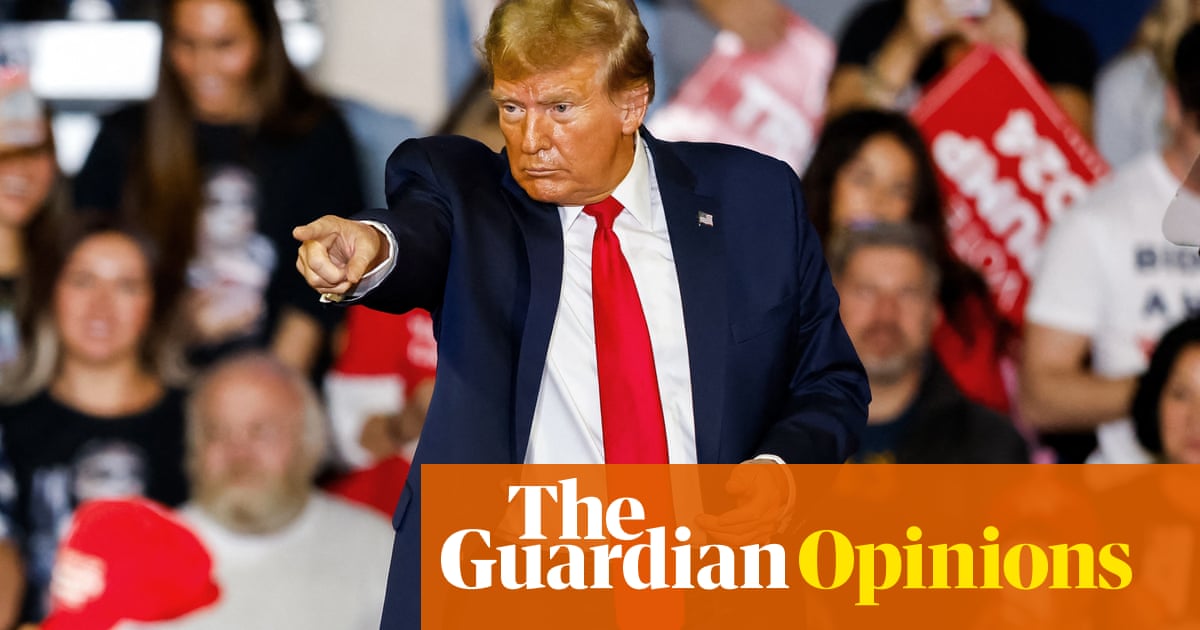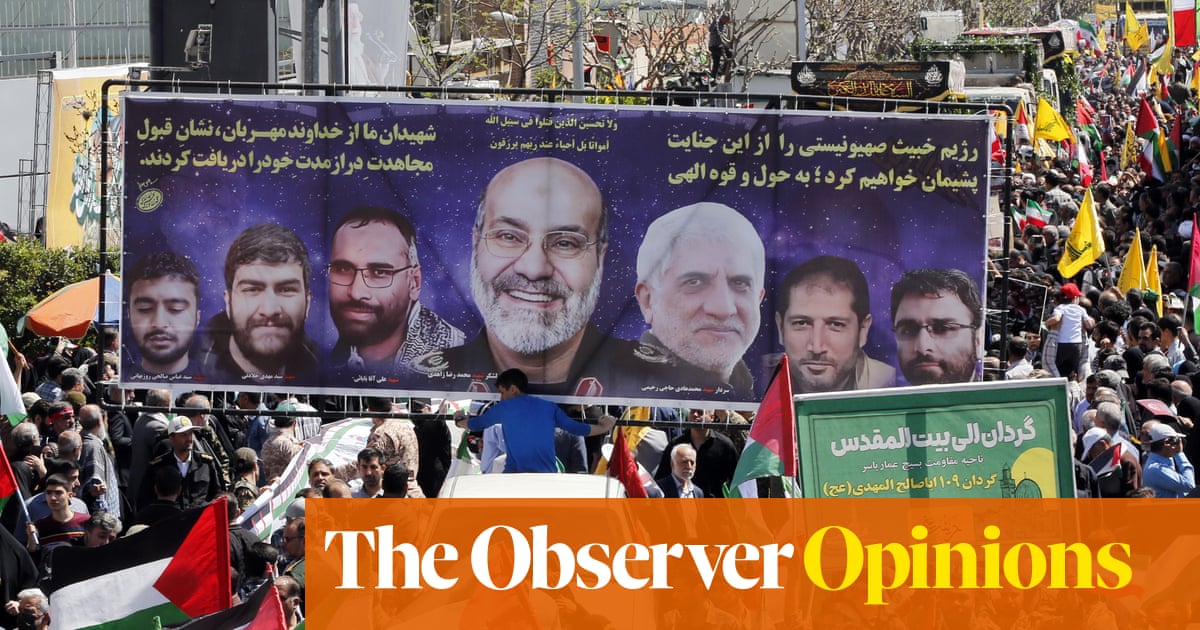
It’s a sign of the times that an anniversary that should have showcased US-German unity has instead turned into a transatlantic spat. Nov. 9 marked the 30th anniversary of the opening of the Berlin Wall, an event that symbolizes the triumph of the West in the Cold War. Yet the US and Germany have been engaged since in a dust-up over an op-ed article written by Germany’s foreign minister, and by the placement in Berlin of a statue of Ronald Reagan. The dispute would be totally forgettable, except that it testifies to a transatlantic divide over what caused the end of the Cold War — and it has implications for how US alliance management and geopolitical strategy today.
The hubbub started in early November when Heiko Maas published the article, which seemed to go out of its way to credit everyone except the US for helping overcome the Cold War division of Europe. A few days later, the US State Department unveiled a state of Reagan — who urged Mikhail Gorbachev to “tear down this wall” in 1987 — on the grounds of the US Embassy in Berlin. The location was notable because Berliners and their city government have long resisted US efforts to have the statue placed elsewhere, leaving no option but to erect it on American territory within the embassy compound.
The episode led some American commentators to accuse Germany of ingratitude. And it doubtless caused much European eye-rolling, given that Americans themselves are not exactly exemplars of transatlantic solidarity at the moment. But it’s more instructive to use the controversy as a way of highlighting differences in how Americans and many Europeans understand the Western victory in the Cold War.
Reagan liked to describe his strategy for waging that conflict as “peace through strength.” Generally speaking, Americans tend to think that it was the “strength” part of the equation that mattered most. By defending the free world and bottling up Soviet military ambitions, the US showed that communist expansion would not succeed. By building up US military strength in the late 1970s and 1980s, and by waging economic, ideological and covert warfare against the Soviet empire, America intensified the strains on an overextended enemy and helped bring down the Iron Curtain. Reagan is the hero of this narrative: It was his moral clarity and willingness to confront an “evil empire” that set the stage for the miracles of 1989.
Many Europeans have a different view: They emphasize the “peace” part of the formula. Yes, military power and a sturdy North Atlantic Treaty Organization were vital. But in this telling, efforts to build bridges to the Soviet bloc — by enabling people-to-people contacts, encouraging greater trade and engaging in constructive diplomacy — ultimately brought change to the communist world. West Germany’s Ostpolitik (the policy of outreach to Eastern Europe and the Soviet Union) and the Helsinki accords on security, trade and human rights in Europe paved the way for peaceful reform and perestroika, Mikhail Gorbachev’s economic and political restructuring. Reagan figures as a stereotypical Cold Warrior who eventually saw the light and undertook patient, respectful diplomacy with Gorbachev.
This description of US and European views of the Cold War is something of a caricature, of course. There were times during the Cold War when key NATO allies were more hawkish than the US. But it nonetheless captures a basic transatlantic split over what precipitated the West’s great triumph.
Both sides are right, to an extent. We know, based on declassified US and Soviet records, that Reagan’s across-the-board offensive during the early 1980s was essential to restoring Western momentum in the Cold War — and eventually persuading Soviet leaders to begin de-escalating that conflict on American terms. Soviet officials understood that their economically stagnant, technology-poor country could not withstand another round of an increasingly high-tech arms race with the US. They were furious over Reagan’s rhetorical assaults on the Soviet system because they understood just how lethally subversive those assaults were.
Yet we also know that diplomatic and economic engagement helped perforate the Iron Curtain. The human rights provisions in the Helsinki accords provided a rallying cry for dissidents who would ultimately bring down the Warsaw Pact from within. Human contacts brought more Eastern Europeans into touch with the West, thereby underscoring just how backward their own societies had become under Communist rule. The exposure that Gorbachev and those around him had to Western societies before they took power helped convince them that the Soviet system had to change. And if Reagan’s confrontational policies of the early 1980s maneuvered Moscow into a tight spot, his willingness to engage Gorbachev in the late 1980s made it seem safe for the Kremlin to start making concessions.
In short, Western strategy succeeded because it was a hybrid strategy. It synthesized hard and soft measures, which softened up the Soviet system in different but complementary ways. This story has a two-fold relevance for American strategy today.
First, as the US undertakes long-term competitions with Xi Jinping’s China and Vladimir Putin’s Russia, it should remember that coercion and engagement can go hand-in-hand. Military power, ideological competition and economic pressure are all indispensable in addressing the challenges posed by ambitious authoritarian regimes. Yet the softer aspects of strategy — such as engaging and influencing those regimes’ citizens — are also important.
This is why proposals to ban Chinese students from US universities, to give just one example, are so counterproductive. These recommendations may be rooted in understandable concerns about protecting free speech and guarding against intellectual-property theft. Yet they threaten to deprive the US of an important geopolitical weapon: the opportunity to influence and attract those Chinese who are already inclined to seek out experiences abroad.
Second, alliances can be smarter in the aggregate than any of their individual members might be on their own. During the Cold War, the differing priorities and perspectives of the NATO allies resulted in a compromise strategy that was more effective, and more tolerable for all members of the alliance, than anything either Washington or the Europeans might have pursued individually. Today, US officials are still hashing out strategies for taking on China and Russia. But they will probably fare best if they draw on the collective insight of the broad coalition of nations that have an interest in checking Chinese and Russian designs.
Bloomberg












